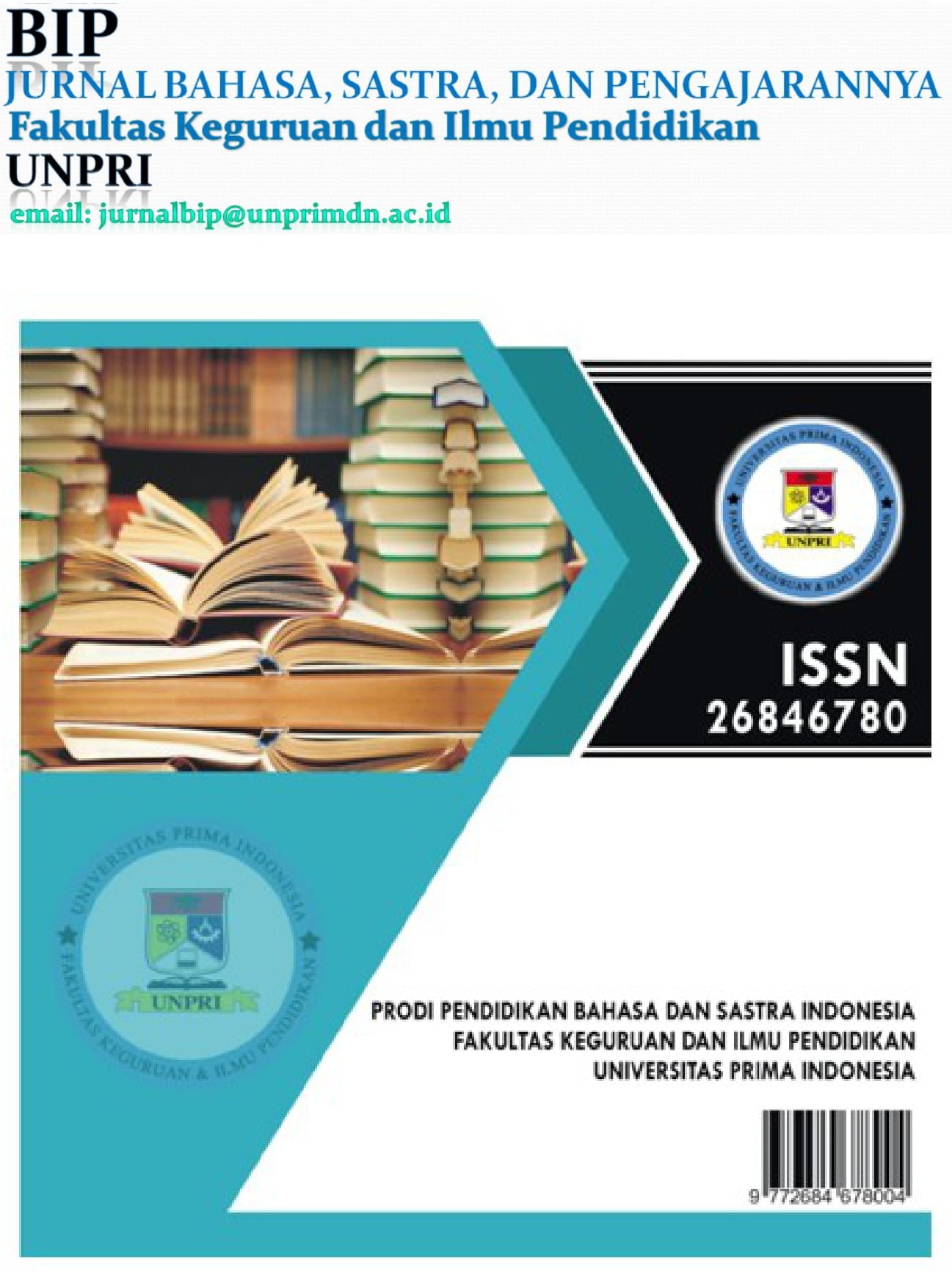COLLEGE STUDENTS' VIEWS ON COMPLETING THE TEST THROUGH GAME-BASED LEARNING
##plugins.themes.academic_pro.article.main##
Abstract
Recently, game-based learning has been increasingly popular in education to increase the colleges' student participation in learning activities, especially conducting tests. This study examined the college students' learning experiences by conducting a pretest and posttest through the Kahoot application. This study recruited four college students aged twenty to twenty-two to participate who were selected purposely to provide "information-rich" cases. Focus group discussions were conducted to obtain rich information to solve the research question and analyzed through four steps: analyzing interview data, writing memos, creating the final report, and organizing the structure. The findings highlight three themes to describe such as (1) the implementation of game-based learning, (2) Students' challenges using Kahoot, and (3) The positive students learning outcomes of using Kahoot. The implementation of Kahoot can create a more attractive, exciting, and quality test atmosphere because students answer questions purely within a limited time setting. This activity also encourages students to repeat the previous material to think faster in submitting answers to the Kahoot!
##plugins.themes.academic_pro.article.details##

This work is licensed under a Creative Commons Attribution-ShareAlike 4.0 International License.
References
- Chiang, H. H. (2020). Kahoot! In an EFL Reading Class. Journal of Language Teaching and Research, 33-44.
- Creswell, J. W. (2014). Research Design Qualitative, Quantitative, and Mixed Methods Approaches. Singapore: Sage.
- Göksün, D. O., & Gürsoy, G. (2020). The effect of using Kahoot! for learning – A literature review. Computer and Education, 15-29.
- Gouveia, M. B., Geraldes, W. B., Afonseca, U. R., & Luis, M. B. (2019). Using Kahoot as a Learning Tool. Information Systems for Industry, 161-169.
- Hou, Y. J. (2018). Integration of Kahoot into EFL Classroom. Springer International Publishing AG, 31-37.
- Huizenga, J. C., Dam, G. T., Voogt, J., & Admiraal, W. (2017). Teacher perceptions of the value of game-based learning in secondary education. Computer and Education, 105-115.
- Ismail, M. A.-A., & Mohammad, J. A.-M. (2017). Kahoot: A promising Tool for Formative Assessment in Medical education. ducation in Medicine Journal, 19-26.
- Johns, K. (2015). Engaging and Assessing Students with Technology: A Review of Kahoot! International Journal for Professional Educators, 89-91.
- Kaufman, K. J. (2013). 21 Ways to 21st Century Skills: Why Students Need Them and Ideas for Practical Implementation. Kappa Delta Pi Record, 78-83.
- Larson, L. C., & Miller, T. N. (2011). 21st Century Skills: Prepare Students for the Future. Kappa Delta Pi Record, 121-123.
- Licorish, S. A., George, J. L., Owen, H. E., & Daniel, B. (2017). “Go Kahoot!” Enriching Classroom Engagement, Motivation and Learning Experience with Games. Asia-Pacific Society for Computers in Education, 755-764.
- Means, B. (2010). Technology and Education Change. Journal of Research on Technology in Education, 285-307.
- Quiroz, M. F., Gutiérrez, R., Rocha, F., Valenzuela, M. P., & Vilches, C. (2021). Improving English Vocabulary Learning Through Kahoot!: A Quasi-Experimental High School Experience. Teaching English with Technology, 3-13.
- Raja, R., & Nagasubramani, P. C. (2018). Impact of modern technology in education. Journal of Applied and Advanced Research, 33-35.
- Tondeur, J., Braak, J. v., Sang, G., Voogt, J., Fisser, P., & Leftwich, A. O. (2012). Preparing pre-service teachers to integrate technology in education: A synthesis of qualitative evidence. Computer and Education, 134-144.
- Wang, A. I., & Tahir, R. (2020). The effect of using Kahoot! for learning – A literature review. Computer and Education, 1-22.
- Zhang, Q., & Yu, Z. (2021). A literature review on the influence of Kahoot! On learning outcomes, interaction, and collaboration. Education and Information Technologies, 4507–4535.


